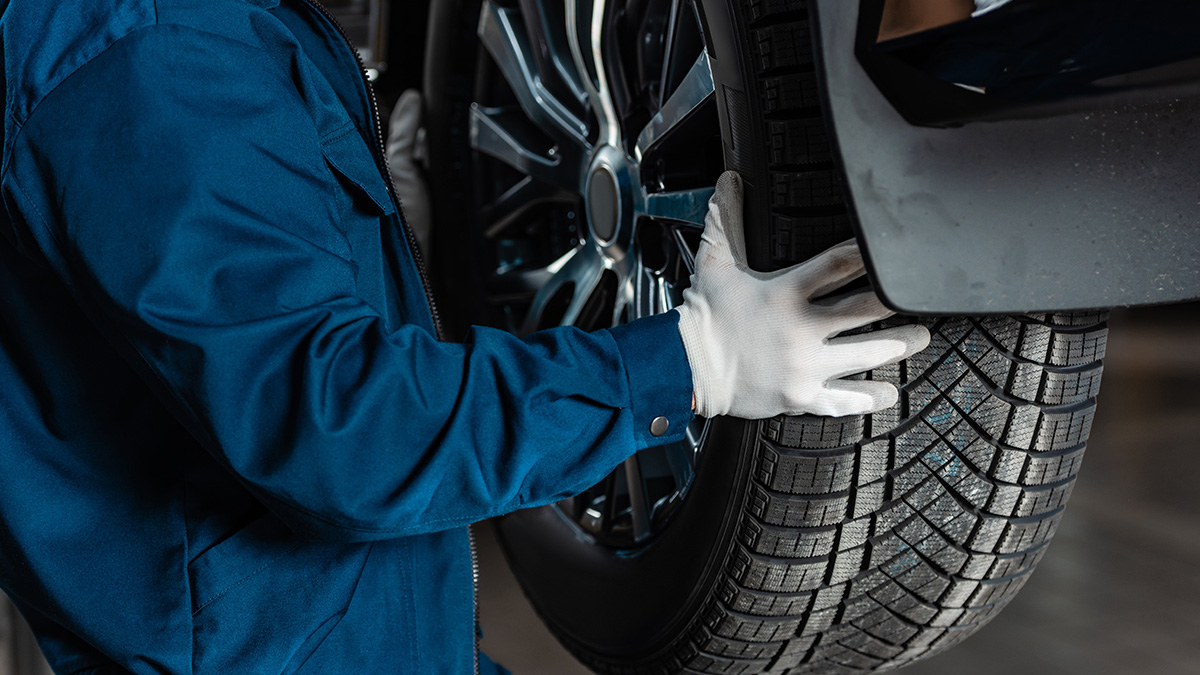Prep Your Vehicle for a Long Trip: Our Pre-Departure Guide
There’s nothing quite like hitting the open road. Whether you're heading across state lines to visit family or driving the scenic route just for the joy of it, a well-prepared vehicle makes all the difference. For drivers between 45 and 65—many of whom know the importance of preventative care—a little attention before you leave can mean smoother miles and fewer surprises.
In this guide, we’ll walk you through the most important steps to get your car road-ready, with practical tips and a calm, no-nonsense approach.
Start with a Full Vehicle Inspection
Think of this as a wellness check for your car. Even if it’s running fine, long-distance driving puts different stresses on your vehicle. Schedule a visit to your trusted mechanic or do a careful walkaround yourself, focusing on:
- Brakes – Listen for squeaks or grinding, and ask your shop to check pads and fluid.
- Tires – Look for wear, check for proper inflation, and don’t forget the spare.
- Battery – Hot weather, cold starts, and long trips can expose a weak battery fast.
- Fluids – Check oil, coolant, brake fluid, power steering, and windshield washer fluid.
This early step helps catch small issues before they become big ones.
Know Your Dashboard Warning Lights
A warning light popping up mid-trip can be stressful if you’re not sure what it means. Take a moment to review your owner's manual and familiarize yourself with your dashboard alerts—especially the check engine light, low oil pressure, and battery alert.
Even better, consider keeping a small OBD-II reader in your glove box. These plug-in devices can help you diagnose basic issues and save you a panic stop.
Pack Smart—Including Your Emergency Kit
Beyond your luggage, your vehicle should always have a few essentials onboard, especially for long trips:
- Jumper cables or a jump starter
- Tire repair tools or inflator
- Flashlight and extra batteries
- Bottled water and non-perishable snacks
- First aid kit
- Blanket, gloves, and rain poncho (weather depending)
Think of it not as packing for an emergency—but simply being ready for the unexpected.
Plan for Fuel, Food, and Rest
While the journey is part of the adventure, fatigue is a real safety concern. Plan your route with plenty of breaks—every 2 to 3 hours if possible—and avoid long stretches without fuel stations.
If you’re traveling with passengers, especially children or pets, include time for stretching, rest, and meals. Apps like Way+, which bundle fuel savings and roadside support, can be useful for planning smart stops along the way.
Review Your Roadside Coverage
Before you pull out of the driveway, confirm that your roadside assistance plan is current and covers your travel area. Whether you’re with us at American Roadside or another provider, make sure you have:
- Your membership card (or app login)
- Key coverage details (like towing limits or service caps)
- A clear understanding of how to request help
A quick review can save time—and stress—if you ever need a hand on the road.
Conclusion
Preparing your car for a long trip isn’t about worrying—it’s about driving with confidence. With just a little planning, you’ll reduce the chance of roadside hiccups and stay focused on what matters: enjoying the drive, the company, and the destination ahead.
Safe travels from all of us at American Roadside.







